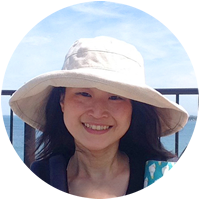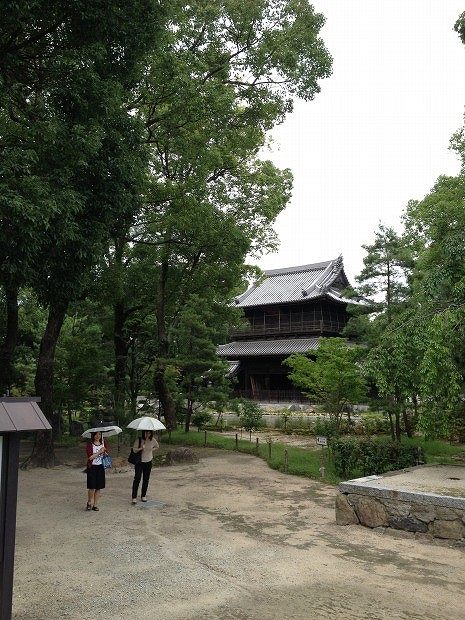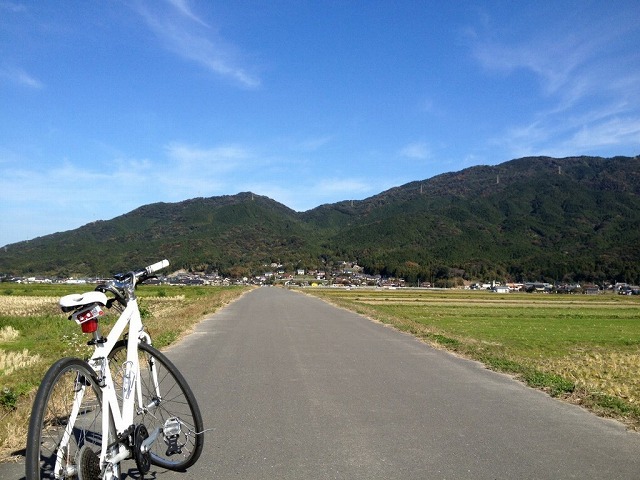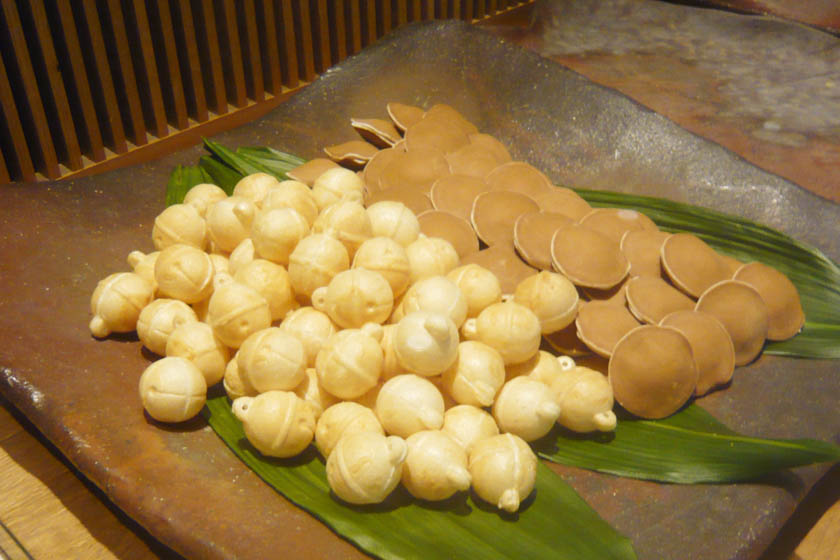Last Updated on 2021/11/06
Yufuin is a famous hot spring resort in Oita, located at the foot of an active volcano, Mt. Yufu which is 1584m in height. The nickname is ‘Bungo Fuji’ because the shape of the mountain looks like Mt. Fuji, and Bungo is the old name of this area. Yunotsubo Street, the main street, lined with souvenir shops, cafes and restaurants, is always crowded with tourists.
Do you know that Yufuin became a popular sightseeing spot only about 30 years ago? Unlike other hot spring resorts in Japan, Yufuin was a small rural hot spring town with few large hotels; however, idyllic and beautiful scenery started fascinating people little by little, and it slowly became the popular sightseeing spot it is today. How about staying overnight to enjoy sightseeing and soaking in the hot spring?
Here, we would like to introduce to you the attractive spots in Yufuin! Where do you prefer to visit?
1. Kinrinko Lake
Kinrinko Lake is one of the most famous spots, and a unique lake with both spring water from Mt. Yufu and hot springs gushing out from underground. In the cold season, there is the fantastic sight of the hot springs giving off a mysterious vapor like fog in the early morning.
The unique name of ‘Kinrinko’ means ‘golden scale lake’ in Japanese. Mori Kuso, a notable Confucian scholar in Oita, named it when he looked at the glittering scales of the fish under the water at sunset in 1884. You can see carp swimming in the lake.
One full lap, 400m in length, is ideal for strolling around the water. It will reveal different charms to you, such as the mysterious fog, greenery and colorful autumn leaves depending on the season.
2. Tenso Shrine
You’ll encounter a small shrine called Tenso when taking a walk alongside Kinrinko Lake. There is a legend of the dragon god related to the shrine and the lake.
The entire Yufuin region used to be a large swamp in the old days, and there was one dragon living there. The goddess of Mt. Yufu, Unagi Hime, ordered Michiomi no Mikoto, the god of power, to kick down the lake wall to make space for rice fields. The lake water flowed out and a basin appeared, in what became the town of Yufuin.
However, the dragon lost his living place as a result and prayed to the god of Tenso shrine. ‘It would be highly appreciated if you gave me a cozy living space. I promise to provide you with eternal spring water and the town of Yufuin in return.’ Kinrinko Lake was given to the dragon as his dwelling place since then.
The torii gate behind the hall floating in the lake creates a mysterious atmosphere. Shall we visit the shrine to pray for the dragon who keeps protecting the town?
3. Mt. Yufu
The symbol of the town of Mt. Yufu can be viewed from various places! Unfortunately, when you take a picture of the mountain from the main street, electric cables and tourists are taken in the photo.
Do you want to know of good photo spots with a quiet rural view? We would like to recommend Shirohashi Bridge and the river’s side path for taking great photos of Mt. Yufu. Turn right from JR Yufuin train station to a resort hotel, ‘Sansuikan’. There is Miyuki bridge crossing over Oita River near the hotel. Take a stroll along the river and you won’t miss Shirohashi Bridge. Another beautiful spot is adjacent to Unagi Hime shrine!
4. Carriage/Tsuji Basha
You might encounter a carriage while taking a stroll. There might be many people who want to hop onto it. The fifty-minute tour departing from the train station, includes sightseeing spots as Bussanji temple, Unagi Hime shrine and lookout spots of Mt. Yufu, which is away from the tourists.
You can only book this ride the day you visit at the tourist information center next to the station. For those who would like to ride a carriage, we recommend making a booking first upon arrival. You can adjust your schedule depending on the booking time.
Tickets cost 1,800 yen for those over 13 years old, and 1,300 yen for children under the age 4. The season is from March to December. It does not run during the wintertime, or when the horses aren’t doing well.
5. Unagi Hime Shrine
Unagi Hime, the guardian goddess of Yufuin, is dedicated in the shrine. ‘Unagi’ means eel in Japanese. Why eel?
Yufuin region used to be a large swamp in ancient times, and the name of the shrine might have its origins in the eel being enshrined as a spirit dwelling in the water. As mentioned in the article about the dragon legend, the god of power kicked down the lake wall by the order of Unagi Hime to create the rice fields, which became the town of Yufuin. That’s why Unagi Hime has been worshipped as the guardian goddess by locals. Unfortunately, the sacred cedar trees of the shrine were struck down due to a typhoon in 1991, and their stumps are exhibited there.
6. Comco Art Museum Yufuin
Comco Art Museum Yufuin was designed by a well-known architect, Kuma Kengo, and opened in Oct, 2017. The museum harmonizes well with the surrounding nature.
The most recommended spot is an open gallery on the 2nd floor. Wow, what a big image of a dog with a view of Mt. Yufu! By the way, do you remember the playgrounds you used to play in as a child? You might remember it as really big in your imagination, but what will you find if you visit it again as an adult? It might look much smaller than you remember it. Have you had this experience? Well, the dog expresses this kind of artistic balance between memory and the actual Mt. Yufu.
7. Sagiridai Lookout
You can enjoy the view of Mt. Yufu and the town from the lookout which is at 680 meters elevation. A sea of clouds appears early in the morning in autumn and the winter is mysteriously beautiful. People are mesmerized by the dynamic scenery of it which changes its color depending on the season.
Well, where would you like to visit in Yufuin from this long list? There is more to do here than just shopping, eating and strolling around Kinrinko lake! Let’s escape from the crowded shopping street to have a lovely walk by the river to learn more about history and the beauty of nature. You might notice the nature that is harmonized so well with the landscapes has been protected by locals in this area.

Kaori Ashida
Licensed National Guide, Certified General Travel Services Manager, 1st Grade Instructor of Inbound Tourism. 17 years of experience in the tourism industry, including working as a tour guide in Australia and Canada for Japanese tourists. I love traveling, eating, and taking beautiful pictures!
Are you a travel lover? Do you want to try a new experience? If yes, check out my articles for your traveling tips. Other than being a professional and friendly guide, I share travel information about Japan as a freelance writer.
Note:
The accuracy of information is not guaranteed. Please contact the relevant agencies about the latest information. Unauthorized copying and replication of the contents of this site, text and images are strictly prohibited. All Rights Reserved.
If you have any questions, please feel free to contact us by the website form.
>> General Inquiry







